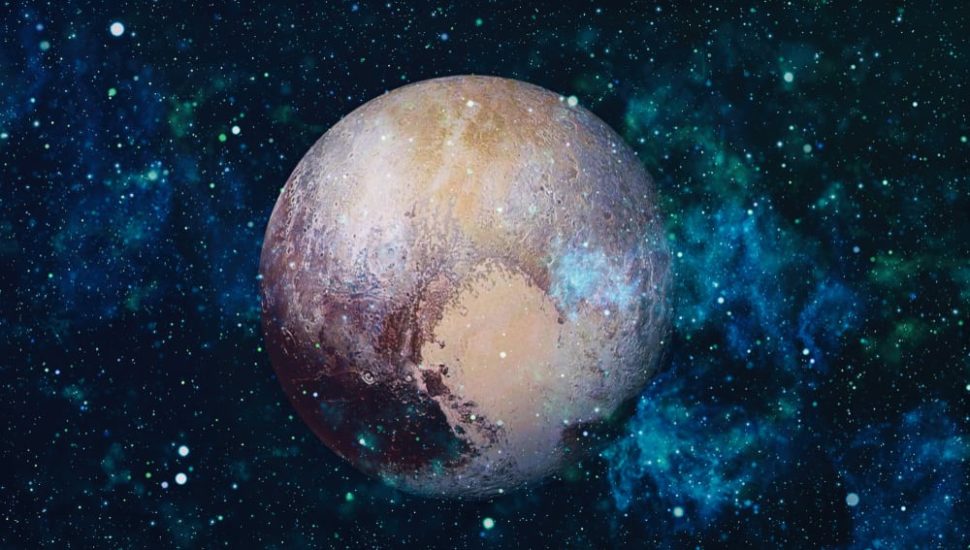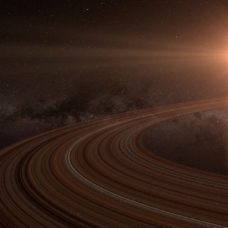Using a large radio telescope, scientists have detected a rogue planet outside our solar system.
Located in New Mexico, at an altitude of 6,969 ft, Karl G. Jansky’s Very Large Array (VLA) is a radio telescope that is part of the National Radio Astronomy Observatory network.
The Y-shaped VLA is composed of 27 identical 82-foot wide satellite dishes that catch radio signals coming from space, which then get combined to obtain high-resolution images.
Since the 70s, astronomers have used the VLA to make numerous discoveries in the cosmos, including ice on Mercury, enhanced shots of our galaxy’s center, and the first detection of “Einstein Ring” gravitational lensing.
Now, radio astronomers have made yet another discovery thanks to the VLA.
Giant Object in the Vicinity of our Solar System: Starless Planet or a Brown Dwarf?
Researchers at the National Radio Astronomy Observatory have detected the first exoplanet using a radio-telescope, which is gigantic, very hot, and has a powerful magnetic field.
This mysterious object (known as SIMP J01365663+0933473) was first observed in 2016 by a Caltech team as one of five young stars.
The team went back and reexamined the object’s VLA data for the purpose of the present study.
This object is 12.7 times more massive than Jupiter, and at this size, researchers can’t tell for sure if it’s a starless rogue planet or a brown dwarf.
In fact, scientists are still debating the difference between giant planets and brown dwarfs because of the only distinction they can categorize them based on is size.
As massive as Jupiter goes, it can’t generate nuclear fusion, and this is what sets gas giant planets and small stars apart.
The commonly accepted threshold is 13 Jupiter masses, or in astronomer jargon, the “deuterium-fusion” limit, beyond which it’s most likely a brown dwarf.
Brown stars are not massive enough for its core to sustain nuclear fusion, and big enough to be considered planets, hence their other name, failed stars.
Situated around 20 light-years from Earth, this object is likely a 200-million-year old planet that’s very hot (1500 degrees Fahrenheit) and doesn’t seem to follow any orbiting pattern.
With an intense magnetic field, SIMP J01365663+0933473, “presents huge challenges to our understanding of the dynamo mechanism that produces the magnetic fields in brown dwarfs and exoplanets and helps drive the auroras we see,” said Caltech’s Gregg Hallinan.
Besides providing new insights for scientists about magnetic mechanisms in giant planets and brown stars, “Detecting SIMP J01365663+0933473 with the VLA through its auroral radio emission also means that we may have a new way of detecting exoplanets, including the elusive rogue ones not orbiting a parent star,” added Hallinan.



















Comments (0)
Most Recent